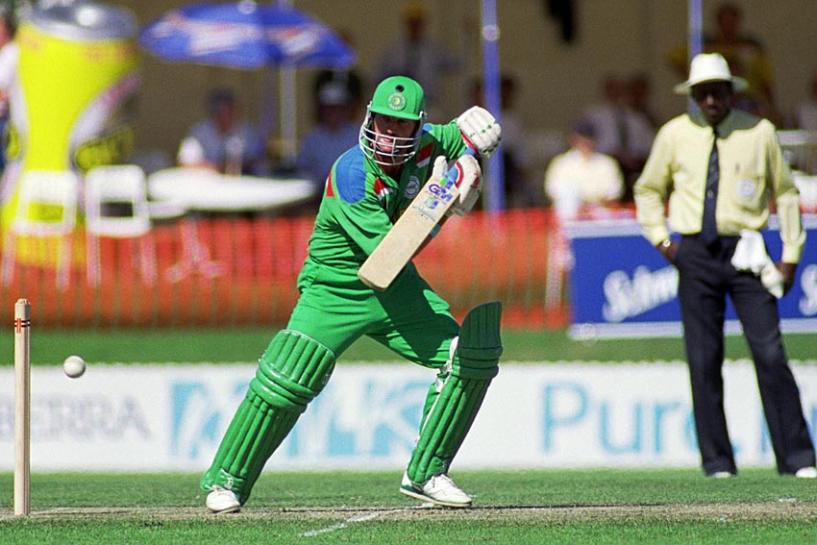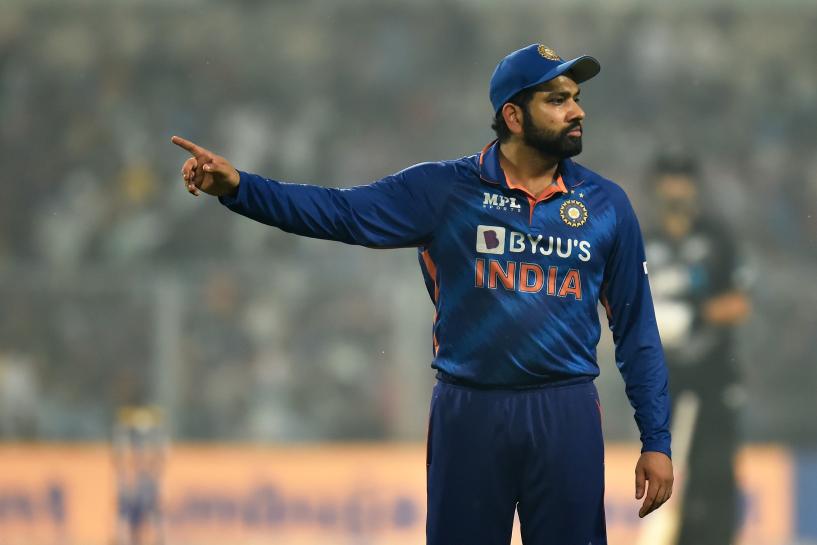No-Ball monitoring technology fails at the Ashes

In one of the historic events in Test cricket, failed technology was at the helm of affairs that saved Ben Stokes some blushes.
England were already drowning in a pool of embarrassment with their batters being dominated on Day One of the first Ashes Test while their bowlers, despite being successful, in the context of the game were rendered toothless, with the hosts piling up a substantial lead.
Much to the exhilaration of the returning Ben Stokes, he castled David Warner for 17 which could have initiated a comeback from England. Sadly, for Stokes when the front foot was reviewed, he stepped a mile ahead of the line and it was given a no-ball.
This was just a flicker of the incident that was caught on the camera. The actual drama unspooled way later when it was found out that Ben Stokes has overstepped a staggering 14 times while only one of them was called while the other was caught on the review. The others were not adjudged at all.
Much to the shock of everyone, the equipment that was supposed to monitor the no-balls, was announced as defunct. Sadly, it stopped working even before the game started.
The ICC first experimented with the use of TV umpire monitoring in 2019 and it made its footfall in Test cricket in 2020 when England played Pakistan. The ICC playing conditions for the World Test Championship quotes, “The third umpire shall review television replays of the bowler's front foot landing and, if he/she is satisfied that any of these three conditions have not been met, he/she shall immediately advise the bowler's end umpire who shall in turn immediately call and signal No-ball."
Joe Root weighed in on his opinion on the incident as he quoted, “Slightly frustrating but we can't let that get to us.” Things haven’t swayed in England’s way even for once in the first Test as Australia have been dominant both with the bat and the ball so far.
























